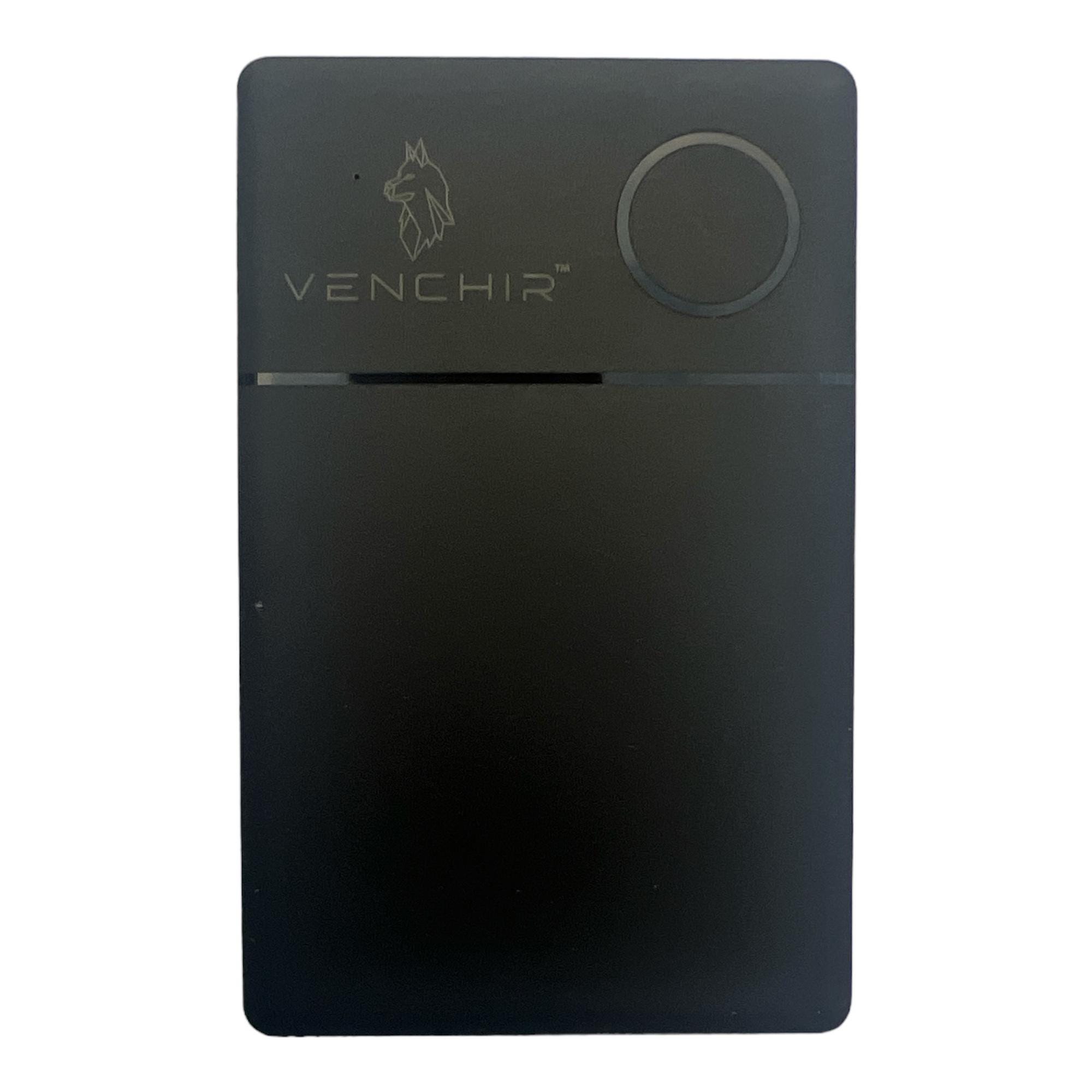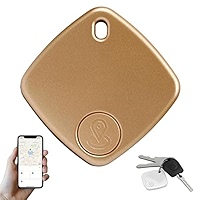Losing your Samsung telephone is usually a frustrating expertise, especially in the event you can’t remember the place you left it. Fortunately, Samsung presents a superb service known as Find My Mobile that enables you to trace your system from your Pc. In this text, ItagPro we’ll discover how to use this characteristic effectively and guarantee that you simply by no means lose sight of your telephone once more. What’s Find My Mobile? Find My Mobile is a service supplied by Samsung that enables customers to find their lost or stolen devices. This instrument not solely helps in monitoring the exact location of your cellphone but also gives numerous features corresponding to remote locking, data backup, and even the flexibility to erase knowledge if necessary. It’s important for anyone who needs peace of mind regarding their mobile gadget. Before you’ll be able to monitor your Samsung telephone from a pc, you’ll need to ensure that the Find My Mobile function is arrange on your device. ‘Find My Mobile.’ Here, check in along with your Samsung account and make sure the choices for distant controls are enabled.
This setup ensures that in case you ever misplace your system, you’re ready to search out it rapidly. Once you’ve arrange Find My Mobile in your Samsung system, accessing it from a pc is straightforward. Log in utilizing the identical Samsung account credentials related along with your phone. After logging in efficiently, you’ll see an interface displaying all devices linked to that account. In the main interface of Find My Mobile on your pc, click on the identify of the machine you wish to find. The application will then present its current location on a map along with choices like ringing the telephone (even when it’s on silent), locking it remotely or erasing data if you’re concerned about privacy and security. This feature is extremely useful when attempting to locate a misplaced gadget shortly. Access missed calls or ItagPro messages while away from residence. In conclusion, using Find My Mobile via a pc gives an environment friendly way of protecting tabs in your Samsung smartphone’s whereabouts right at dwelling or iTagPro reviews wherever you may be. By following these steps and using its features successfully, you’ll be able to guarantee higher safety for one among our most precious gadgets-our smartphones.
 For those who remember the virtual actuality (VR) hype extravaganza in the early nineteen nineties, you probably have a very particular concept of what digital actuality gear includes. Back then, you can see head-mounted displays and energy gloves in magazines, on toy shelves and even in movies — all the pieces looked futuristic, high tech and very bulky. It’s been more than a decade for the reason that preliminary media frenzy, and while other know-how has advanced by leaps and bounds, a lot of the equipment used in virtual reality applications appears to have stayed the identical. Advances are sometimes the result of other industries, like military functions and iTagPro reviews even leisure. Investors not often consider the digital actuality field to be necessary sufficient to fund tasks unless there are particular functions for the research related to other industries. What type of tools does VR rely on? Depending on how loosely you outline VR, it would only require a pc with a monitor and a keyboard or a mouse.
For those who remember the virtual actuality (VR) hype extravaganza in the early nineteen nineties, you probably have a very particular concept of what digital actuality gear includes. Back then, you can see head-mounted displays and energy gloves in magazines, on toy shelves and even in movies — all the pieces looked futuristic, high tech and very bulky. It’s been more than a decade for the reason that preliminary media frenzy, and while other know-how has advanced by leaps and bounds, a lot of the equipment used in virtual reality applications appears to have stayed the identical. Advances are sometimes the result of other industries, like military functions and iTagPro reviews even leisure. Investors not often consider the digital actuality field to be necessary sufficient to fund tasks unless there are particular functions for the research related to other industries. What type of tools does VR rely on? Depending on how loosely you outline VR, it would only require a pc with a monitor and a keyboard or a mouse.

Most researchers working in VR say that true virtual environments give the person a sense of immersion. Since it is simple to get distracted and lose your sense of immersion when looking at a primary computer screen, most VR techniques rely on a extra elaborate show system. Other basic devices, like a keyboard, mouse, joystick or controller wand, are often a part of VR methods. In this article, we’ll look at the various kinds of VR gear and their advantages and disadvantages. We’ll begin with head-mounted displays. Most HMDs are mounted in a helmet or a set of goggles. Engineers designed head-mounted displays to ensure that regardless of in what path a person would possibly look, a monitor would keep in front of his eyes. Most HMDs have a screen for each eye, which gives the person the sense that the images he is taking a look at have depth. The displays in an HMD are most often Liquid Cystal Displays (LCD), although you may come throughout older fashions that use Cathode Ray Tube (CRT) displays.
LCD displays are extra compact, lightweight, efficient and cheap than CRT shows. The two major benefits CRT displays have over LCDs are display decision and brightness. Unfortunately, CRT displays are usually bulky and heavy. Almost each HMD using them is either uncomfortable to put on or requires a suspension mechanism to help offset the load. Suspension mechanisms restrict a consumer’s movement, which in flip can impact his sense of immersion. There are lots of causes engineers rarely use these show technologies in HMDs. Most of those technologies have limited resolution and brightness. Several are unable to produce something apart from a monochromatic image. Some, like the VRD and plasma display applied sciences, might work very well in an HMD but are prohibitively expensive. Many head-mounted displays embrace audio system or headphones so that it might provide both video and audio output. Almost all subtle HMDs are tethered to the VR system’s CPU by a number of cables — wireless programs lack the response time essential to avoid lag or latency issues.

